Introduction
A chatbot is not just a robot that chats. It’s something much smarter—at least, the right kind is.
Imagine a digital assistant that understands not just what you say, but what you mean. That’s the power of NLU (Natural Language Understanding) chatbots.
The NLU chatbot doesn’t just parrot responses; it grasps the intent, context, and even nuances in language.
From helping customers faster than any human to redefining how businesses communicate, NLU chatbots are reshaping the future.
As for the present, the Tidio survey revealed that 88% of individuals had at least one conversation with a chatbot in the past year. It reflects the growing prevalence of chatbot interactions in daily life.
But what exactly makes them different from ordinary chatbots? And how do they work? Let’s dive into everything you need to know.
What is an NLU Chatbot?
An NLU chatbot uses Natural Language Understanding (NLU) to interpret the meaning behind user inputs.
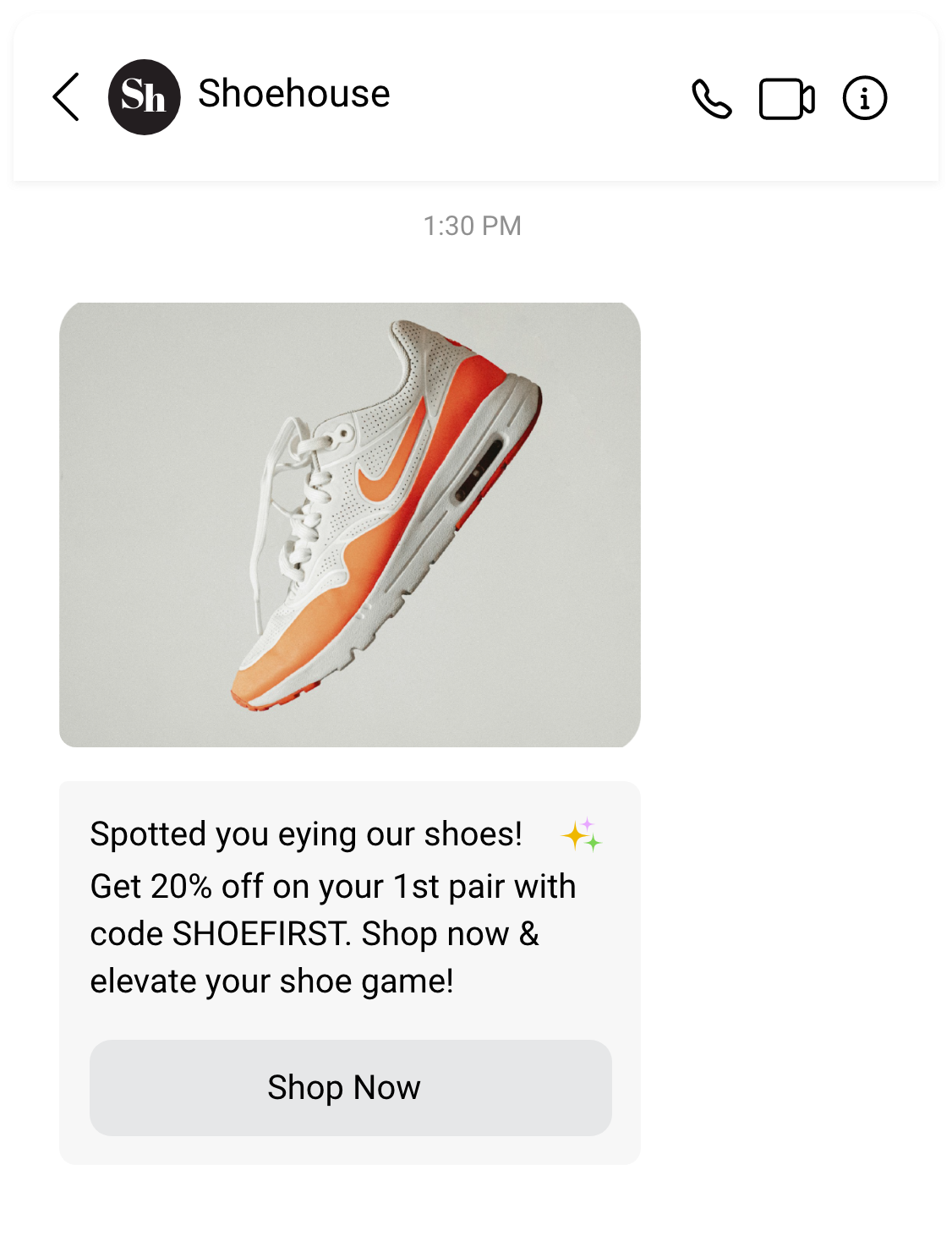
Unlike traditional chatbots, which follow pre-programmed scripts, NLU in chatbots allows them to recognize user intent, identify context, and even handle ambiguous language. This makes conversations feel more natural and personalized.
Difference Between NLU Chatbots and Traditional Rule-Based Chatbots
Rule-based chatbots stick to rigid scripts. They rely on fixed keywords and structured responses. In contrast, an NLP NLU chatbot can adapt to varied inputs.
For example, if you ask a traditional bot, “What’s the weather?” it may only respond to exact matches. An NLU chatbot, however, can understand different phrasings like, “Is it sunny today?” and provide the same relevant answer.
How NLU Enables Chatbots to Understand Human Language
NLU in chatbots works by analyzing the syntax and semantics of user inputs. It identifies patterns, extracts key phrases, and determines the user’s intent.
Some even use NLG chatbots (Natural Language Generation) for responses that mimic human conversation, ensuring better engagement.
How NLU Works
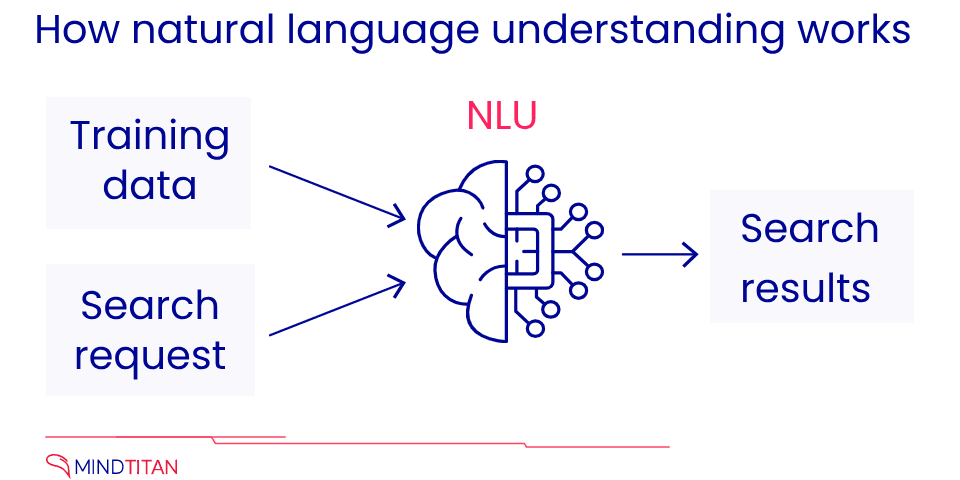
Understanding how an NLU chatbot works is key to appreciating its sophistication. Unlike traditional bots, these systems rely on advanced AI to grasp the intent and meaning behind human inputs.
Let’s break down the components and processes that make NLU in chatbots so effective.
Explanation of Natural Language Understanding in Simple Terms
Natural Language Understanding (NLU) enables machines to understand and interpret human language. It goes beyond identifying keywords to analyzing context, grammar, and intent.
This is why an NLP NLU chatbot can handle complex queries and respond naturally, even when the input is unstructured.
Key Components of NLU
Key components of NLU in chatbot are crucial for understanding user intent, extracting relevant data, and maintaining context.
Intent Recognition
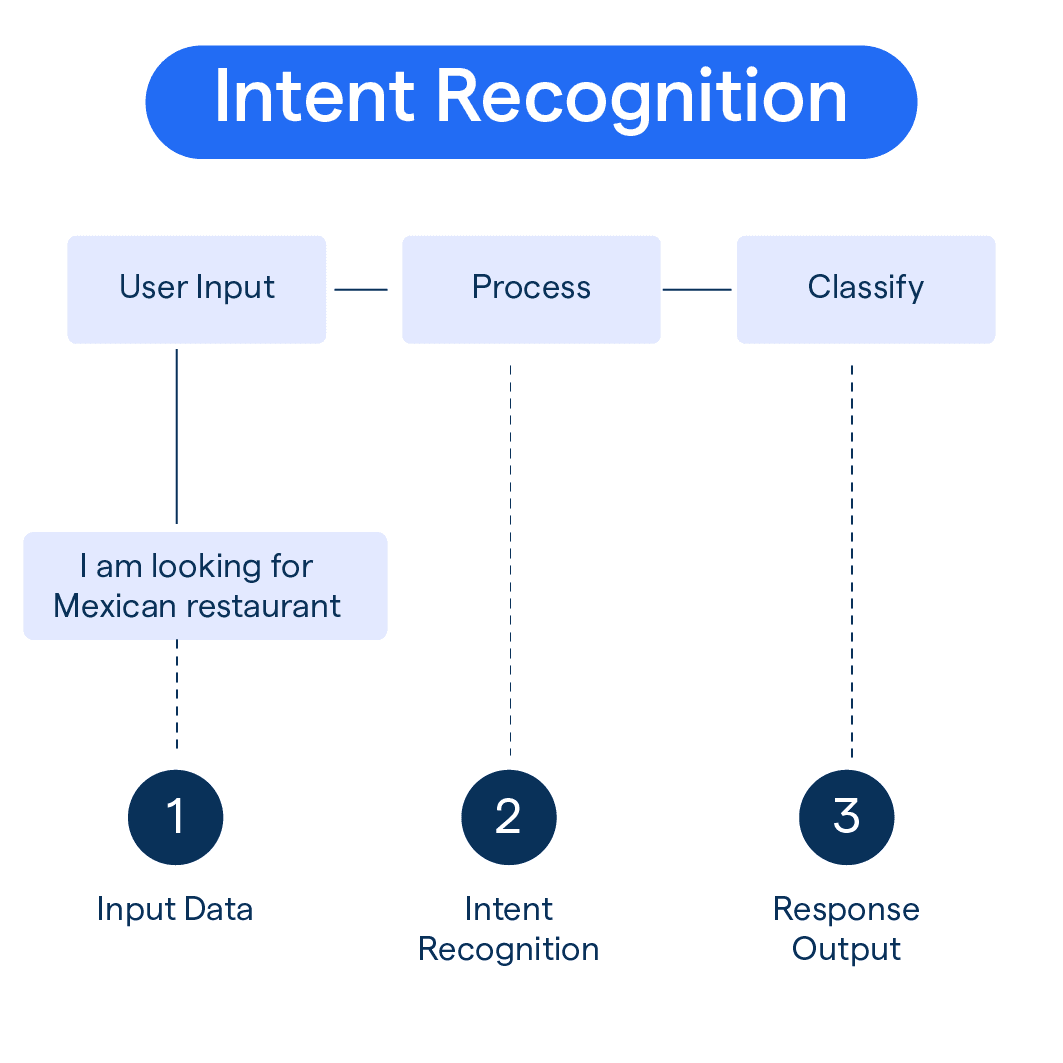
Intent recognition is the heart of an NLU chatbot. It identifies what the user wants to achieve.
For example, whether the user is asking for information, placing an order, or seeking help, the bot classifies the input into specific actions. This enables a personalized and purposeful interaction.
Entity Extraction
Entity extraction helps the chatbot NLU identify key information within a sentence. Entities include names, dates, locations, or product details.
For example, in “Book a table at 7 PM,” the time “7 PM” is extracted as an entity. This feature adds depth to the bot's understanding.
Context Awareness
Context awareness ensures the bot remembers previous interactions. This is essential for maintaining coherent, multi-turn conversations.
An NLU chatbot uses context to refine responses, making interactions feel more seamless and human-like.
The Role of Machine Learning in NLU
Machine learning powers the adaptability of NLU in chatbots. By training on vast datasets, the bot learns patterns in human speech and becomes better at handling diverse inputs.
This makes it smarter over time, improving accuracy and user satisfaction.
Common Frameworks and Tools for NLU
Common frameworks and tools for NLU help businesses build powerful chatbots by enabling easy integration, customization, and advanced AI capabilities:
BotPenguin
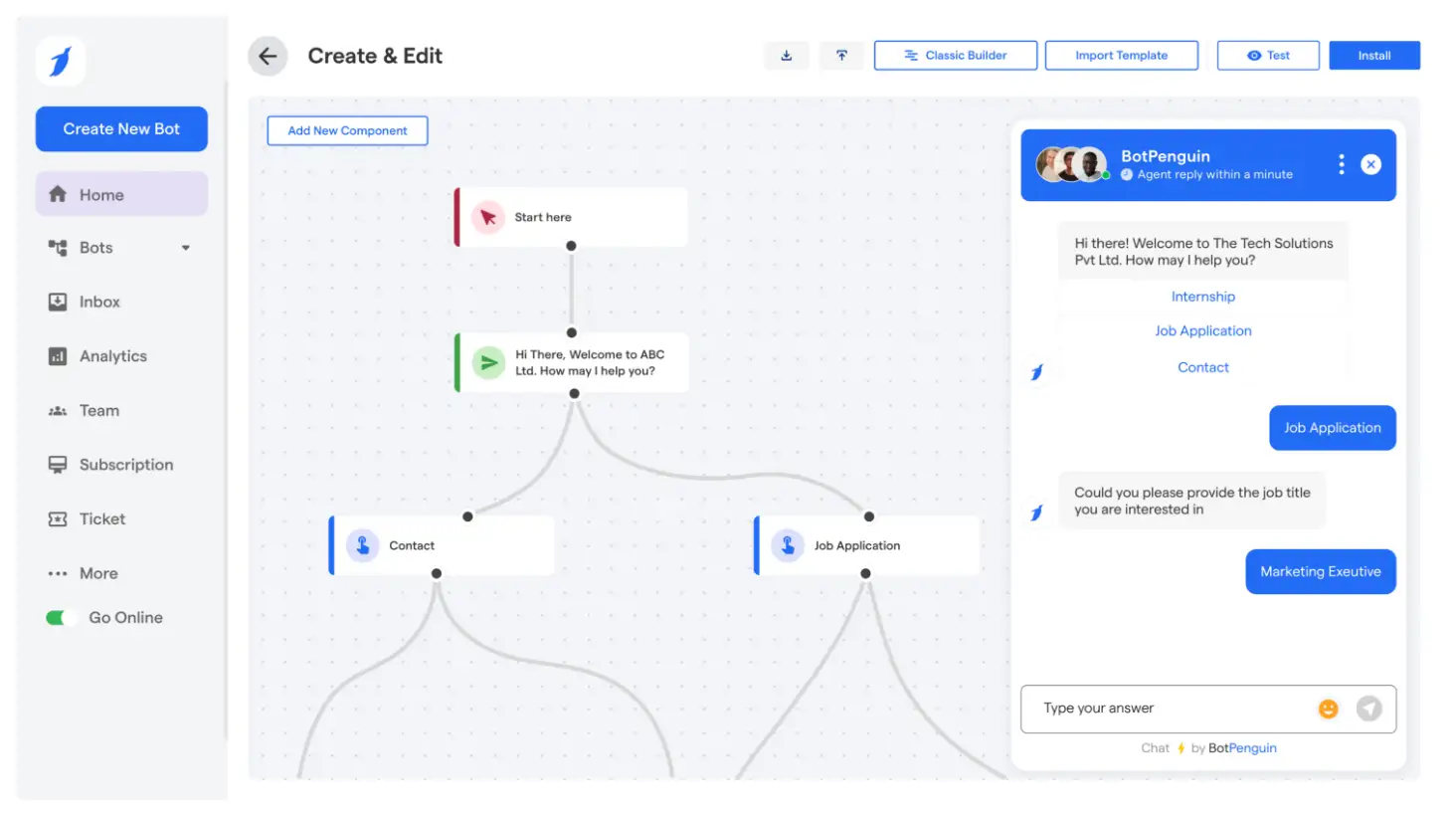
BotPenguin is a user-friendly platform that simplifies the process of building NLU chatbots.
Known for its intuitive interface and seamless integration, it empowers businesses to create bots with NLU in chatbots without requiring extensive technical expertise.
It's especially suitable for small and medium-sized enterprises looking for quick, effective solutions.
Dialogflow
Google’s Dialogflow is a popular framework for building NLP NLU chatbots. It supports intent recognition, entity extraction, and multi-language capabilities, making it versatile for developers.
Rasa
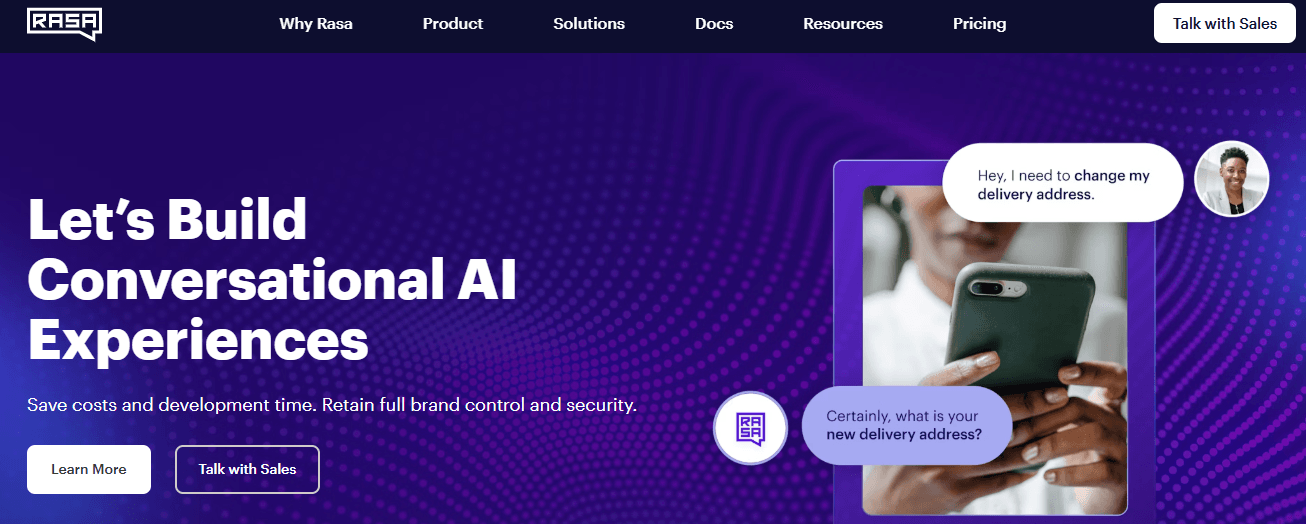
Rasa is an open-source framework that allows extensive customization. It’s ideal for creating highly tailored NLU chatbots for businesses.
IBM Watson
IBM Watson offers robust NLU tools with advanced AI features. It’s widely used in industries like healthcare and finance for its accuracy and reliability.
Benefits of Using an NLU Chatbot
The benefits of using an Natural Language Understanding (NLU) chatbot go beyond simple automation. These bots enhance communication, streamline processes, and provide smarter, more personalized interactions.
Let’s explore how an NLU chatbot can transform user experience and boost business efficiency, with real-world examples showcasing their impact.
Enhanced User Experience with Natural Conversations
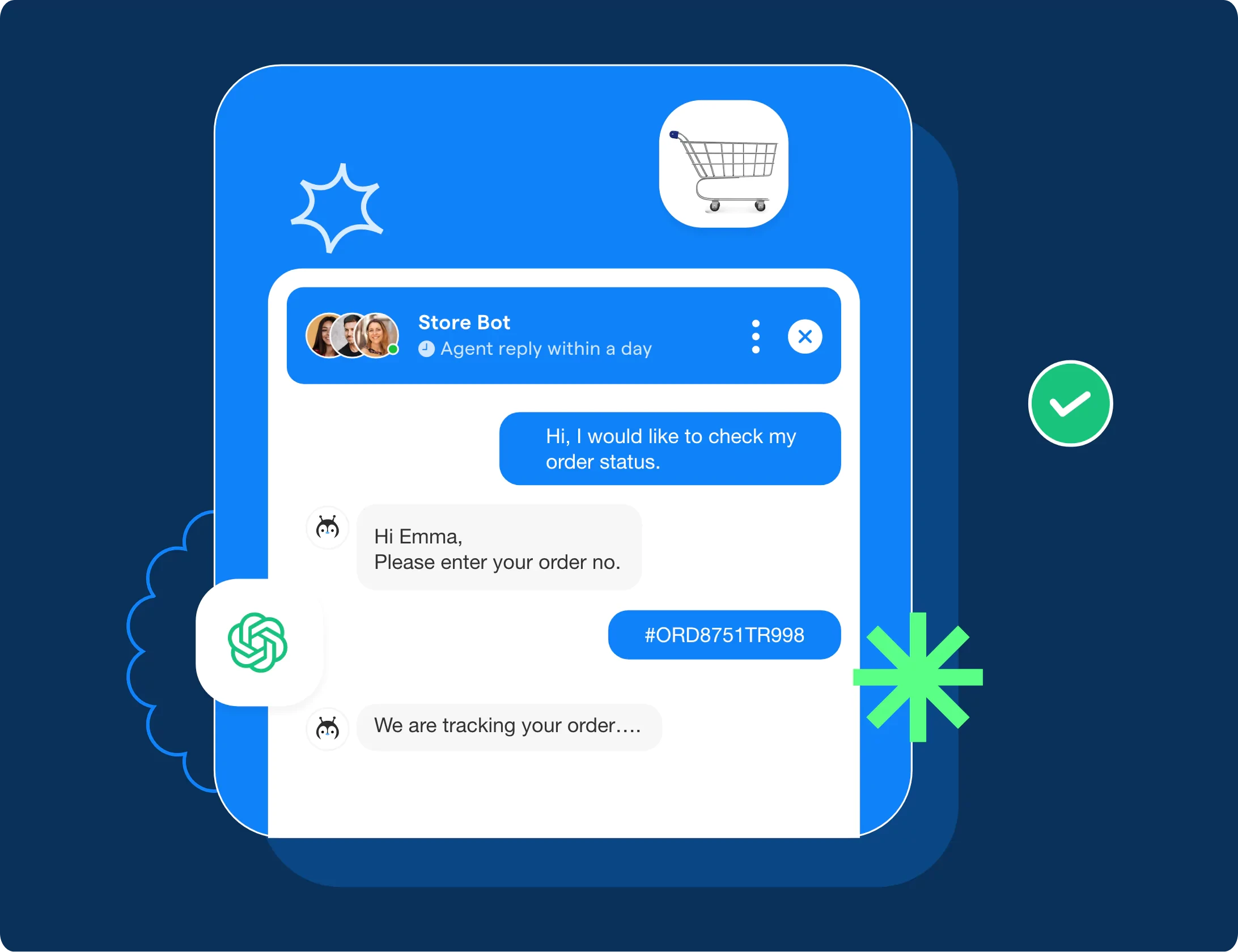
An NLU chatbot creates conversations that feel human. Unlike traditional bots that rely on rigid scripts, it understands context, intent, and subtle nuances.
For example, H&M uses an NLP NLU chatbot to help customers navigate their online store. Users can describe the type of clothing they want in natural language—like “I’m looking for a casual red dress”—and the chatbot provides accurate recommendations.
This makes interactions smoother and more engaging, improving customer satisfaction.
Improved Efficiency for Businesses
Businesses using chatbot NLU tools see tangible efficiency gains. These bots can handle multiple customer queries simultaneously, reducing wait times.
By automating repetitive tasks like answering FAQs or scheduling appointments, an NLU chatbot frees up human agents to focus on more complex issues.
For instance, Bank of America’s NLG chatbot, Erica, manages tasks like balance inquiries and bill payments while maintaining a conversational tone. This not only speeds up customer service but also reduces operational costs.
Multilingual Support and Global Scalability
With NLU in chatbots, language barriers become a thing of the past. These bots can support multiple languages, making them ideal for global businesses.
For example, AirAsia’s chatbot, AVA, provides customer support in over 11 languages. This ensures seamless communication with travelers worldwide, enabling the airline to scale its operations efficiently across different regions.
Personalization and Intelligent Responses
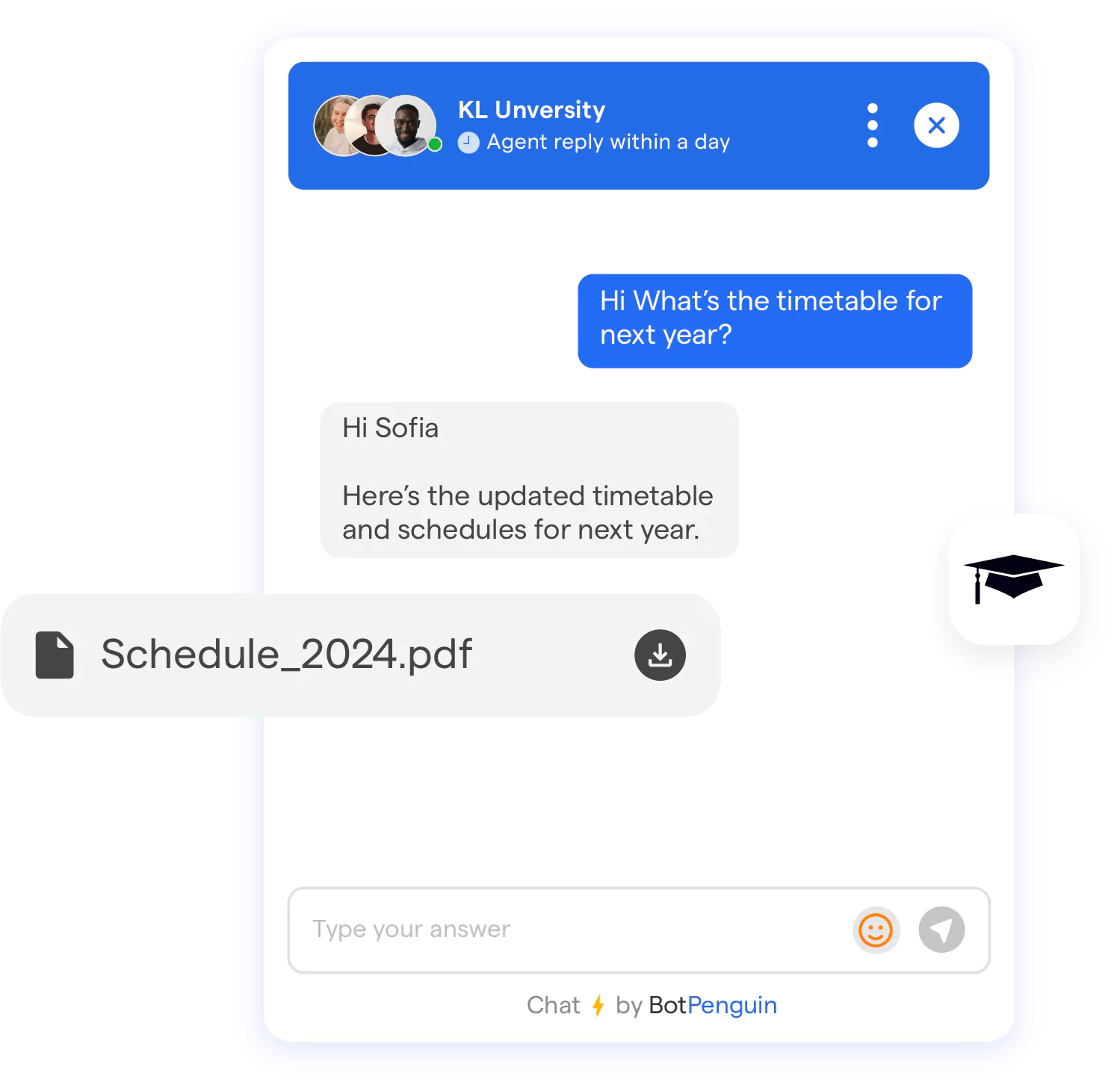
One standout feature of an NLU chatbot is its ability to personalize interactions. It doesn’t just answer questions—it remembers user preferences and tailors responses accordingly.
For example, Spotify’s chatbot NLU feature offers personalized music recommendations based on user history and current mood.
This intelligent response capability deepens customer engagement and loyalty by delivering meaningful, context-aware interactions.
Common Challenges in Building an NLU Chatbot
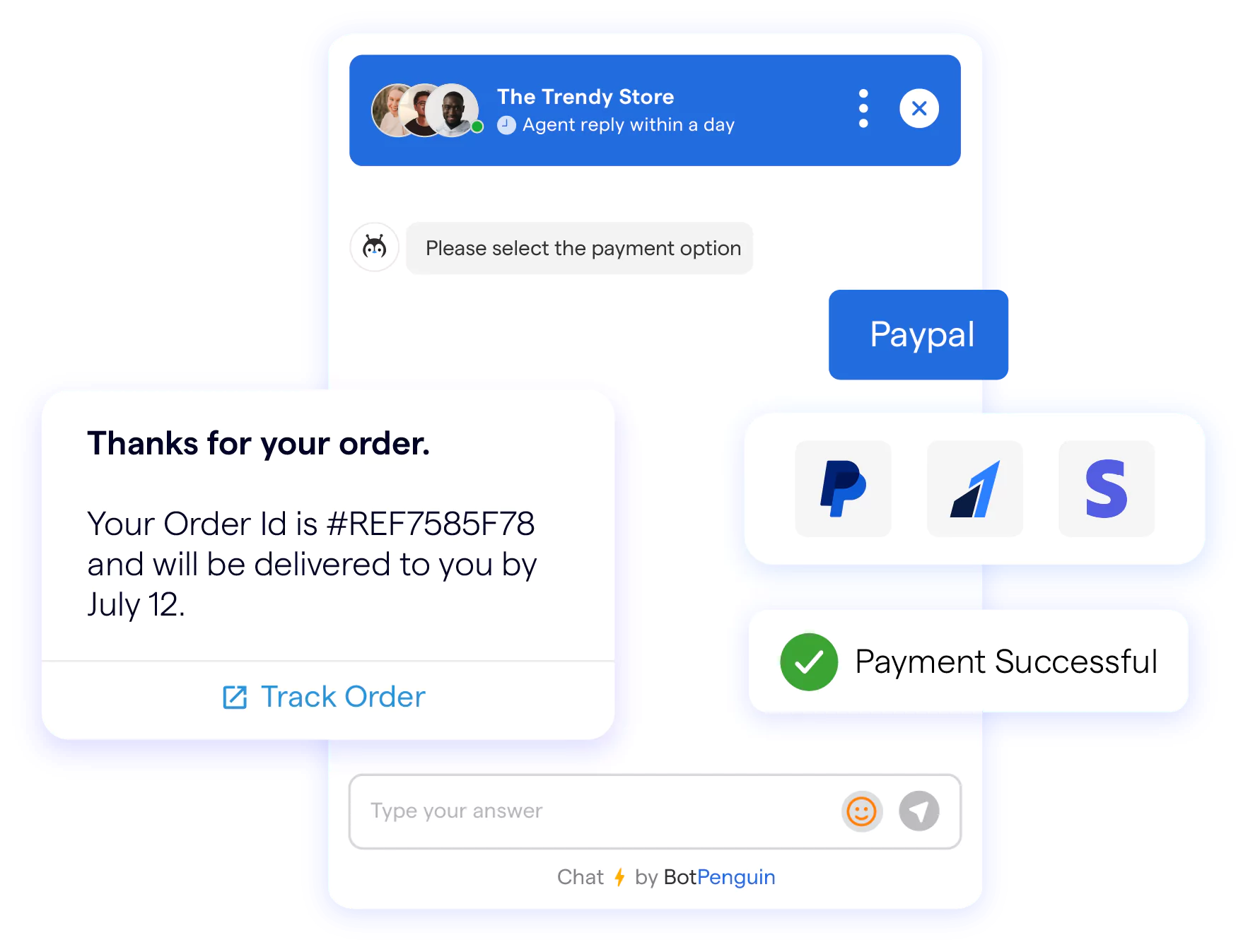
Building an Natural Language Understanding (NLU) chatbot can revolutionize user interactions, but the process isn’t without hurdles.
From understanding intent to ensuring data security, developers face several challenges. Identifying these issues and addressing them effectively is crucial for success.
- Misunderstanding User Intent: One major issue for an NLU chatbot is accurately interpreting user intent.
Human language is inherently complex, and even advanced bots can struggle with nuances. For example, the phrase “I’m cold” could mean discomfort or a request for weather information. Misinterpretations can lead to poor user experiences.
- Handling Ambiguous or Complex Queries: Ambiguity is a significant challenge for chatbot NLU systems.
Users may ask vague questions like, “Can you help me?” without specifying their needs. Additionally, complex queries with multiple parts can confuse an NLP NLU chatbot, resulting in incomplete or irrelevant responses.
- Limitations in Language Models: Language models form the backbone of NLU in chatbots, but they are not perfect.
They might struggle with regional dialects, slang, or uncommon phrases. Even highly trained systems can occasionally fail to grasp the context of specific inputs.
- High Training and Maintenance Requirements: Creating an effective NLU chatbot requires extensive training data.
Maintaining and updating the system is equally demanding, as user needs evolve. Businesses must continuously invest in training and optimizing their NLG chatbot to keep it functional and relevant.
- Privacy and Data Security Concerns: An NLU chatbot often processes sensitive information like personal details and payment data.
Ensuring privacy and security is a critical challenge. A breach could compromise user trust and lead to legal issues.
Ways to Address NLU Chatbot Challenges
To address NLU chatbot challenges, focus on:
- Enhance Intent Recognition: Use robust algorithms and large, diverse datasets to train the bot, improving its ability to understand user intent accurately.
- Integrate Context-Awareness: Incorporate memory capabilities so the NLP NLU chatbot can handle multi-turn conversations and clarify ambiguous queries.
- Leverage Advanced Language Models: Choose state-of-the-art tools to reduce misinterpretations. Regularly update the bot to include slang and emerging phrases.
- Invest in Regular Maintenance: Allocate resources for ongoing training and performance testing. This ensures the NLU chatbot adapts to changing user demands.
- Implement Robust Security Protocols: Use encryption and strict data governance to safeguard user information, ensuring privacy and compliance.
Key Features to Look for in an NLU Chatbot
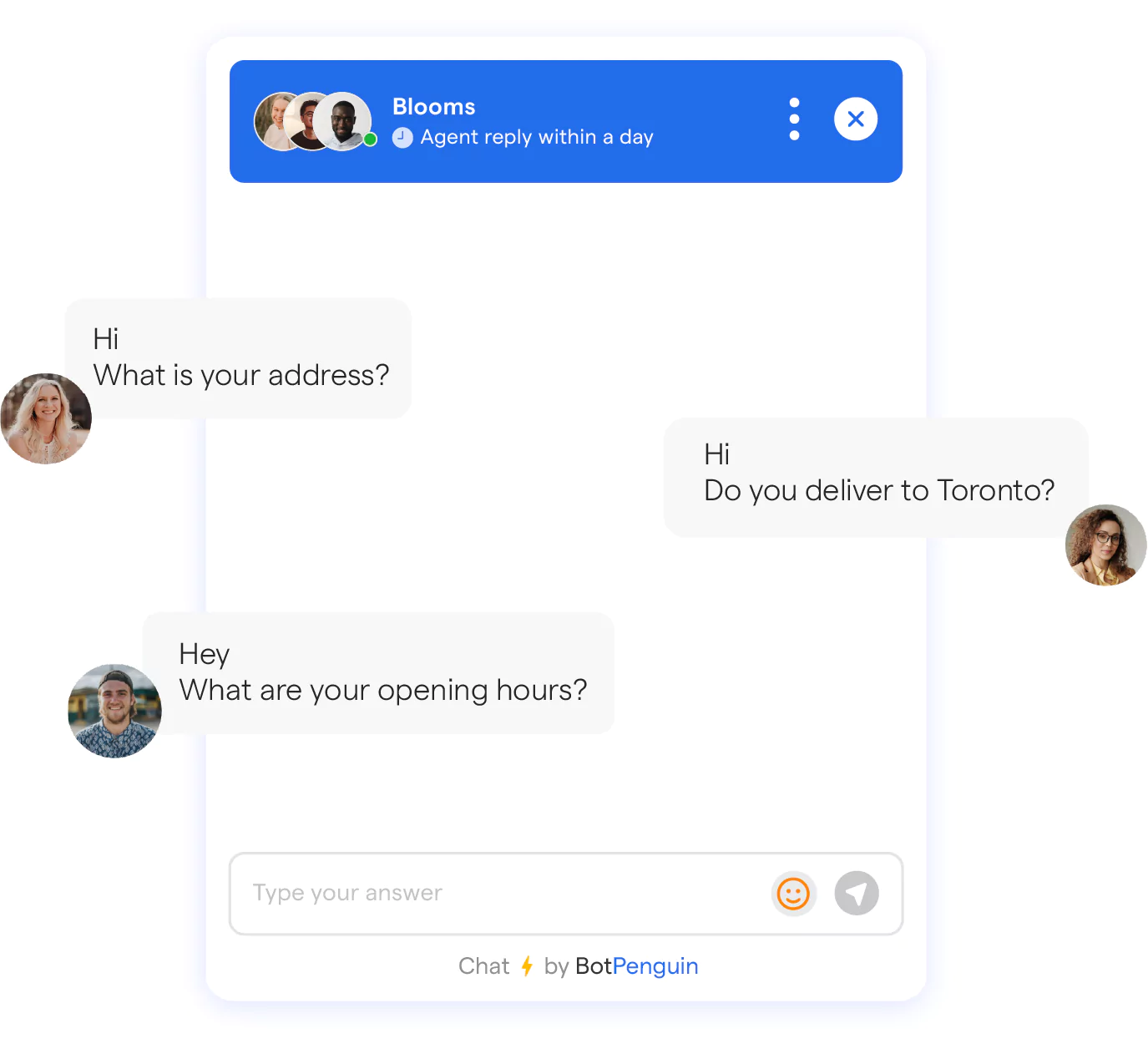
Choosing the right NLU chatbot can greatly enhance your business’s customer interactions.
However, not all chatbots are created equal. To ensure you select the most effective solution, look for key features that make a difference in performance and scalability.
Accurate Intent Recognition
Intent recognition is the backbone of an NLU chatbot. It ensures the bot understands what the user wants, even if the phrasing is unconventional.
A good chatbot NLU can handle diverse expressions of the same intent. For instance, whether a customer says, “I need help with my bill” or “My invoice has an issue,” the bot identifies the request as billing support.
Robust Entity Extraction
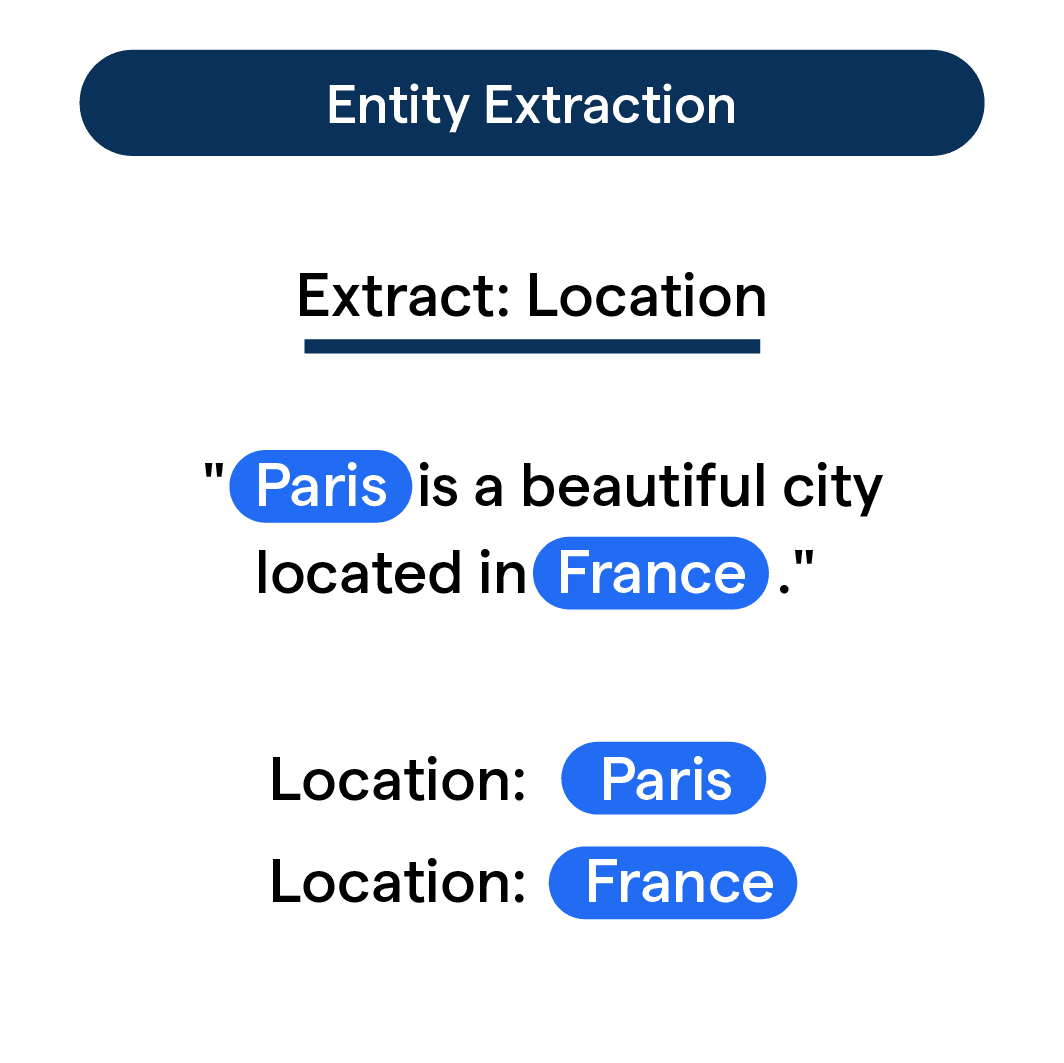
Entity extraction allows the bot to pinpoint specific information, like names, dates, or product codes. An NLP NLU chatbot with advanced entity extraction can easily identify critical details within a conversation.
For example, “Can I book a flight to New York on June 15th?” it extracts “New York” and “June 15th” for accurate processing.
Support for Multiple Languages
Multilingual capability is essential for businesses operating globally. A top-tier NLU chatbot should understand and respond in multiple languages without losing context.
This feature ensures seamless communication, whether a user speaks English, Spanish, or Mandarin. It’s particularly valuable for e-commerce, travel, and customer service industries.
Scalability for Growing Businesses
As businesses grow, the demand for efficient customer service increases. A scalable NLG chatbot ensures that the system can handle more interactions without compromising performance.
This feature is critical for businesses that anticipate rapid growth or seasonal traffic spikes.
Integration with Existing Systems

Seamless integration with existing tools like CRMs, APIs, and data systems is a must-have. An NLU chatbot should work alongside your current software to streamline operations.
For instance, a bot integrated with a Customer Relationship Management (CRM) can instantly fetch customer details to personalize responses.
Easy Customization and Training
No two businesses are the same, and your chatbot NLU should reflect your unique needs. Look for a solution that allows easy customization of intents, entities, and conversational flows.
Additionally, the bot should support ongoing training so it stays relevant as your business evolves.
How to Build an NLU Chatbot
Building an NLU chatbot may seem daunting, but with a clear plan, it becomes manageable.
Whether for customer service, sales, or internal processes, a well-structured chatbot can deliver significant value. Here’s a step-by-step guide to creating your own.
Step-by-Step Guide to Building an NLU Chatbot
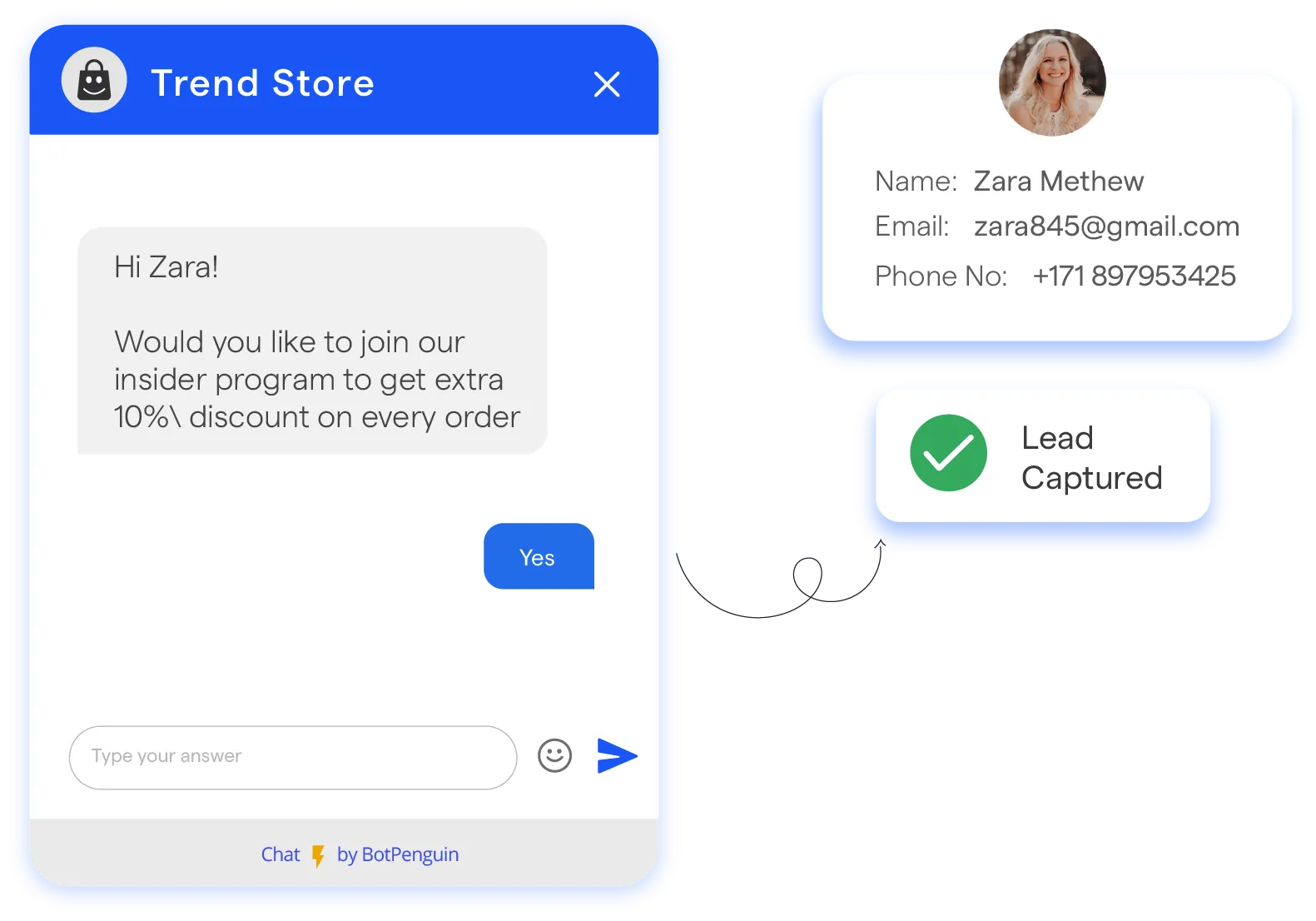
Building an NLU chatbot involves defining goals, selecting the right platform, training with relevant data, thorough testing, and continuous monitoring.
Step 1
Define Goals and Use Cases
Start by identifying the specific problems your NLU chatbot will solve. Will it provide customer support, handle bookings, or assist in internal workflows? Clearly defining your goals helps design a bot tailored to your needs.
Step 2
Choose the Right NLU Platform or Framework
Select a platform that aligns with your technical expertise and project requirements. Tools like Dialogflow, Rasa, BotPenguin, or IBM Watson are popular choices for creating NLP NLU chatbots.
Consider whether you need open-source flexibility or the advanced features of commercial platforms.
Step 3
Train the Chatbot with Relevant Data
Training is essential for your chatbot NLU to recognize intents and extract entities accurately. Use real-world data from your business to make the bot more effective.
Continuously refine the training dataset to account for new scenarios and user behaviors.
Step 4
Test the Chatbot Thoroughly
Before deployment, test the bot extensively. Check for intent recognition accuracy, entity extraction reliability, and seamless conversational flows.
Simulate real user interactions to identify performance gaps. An NLG chatbot with poor testing may deliver irrelevant or confusing responses.
Step 5
Deploy and Monitor Performance
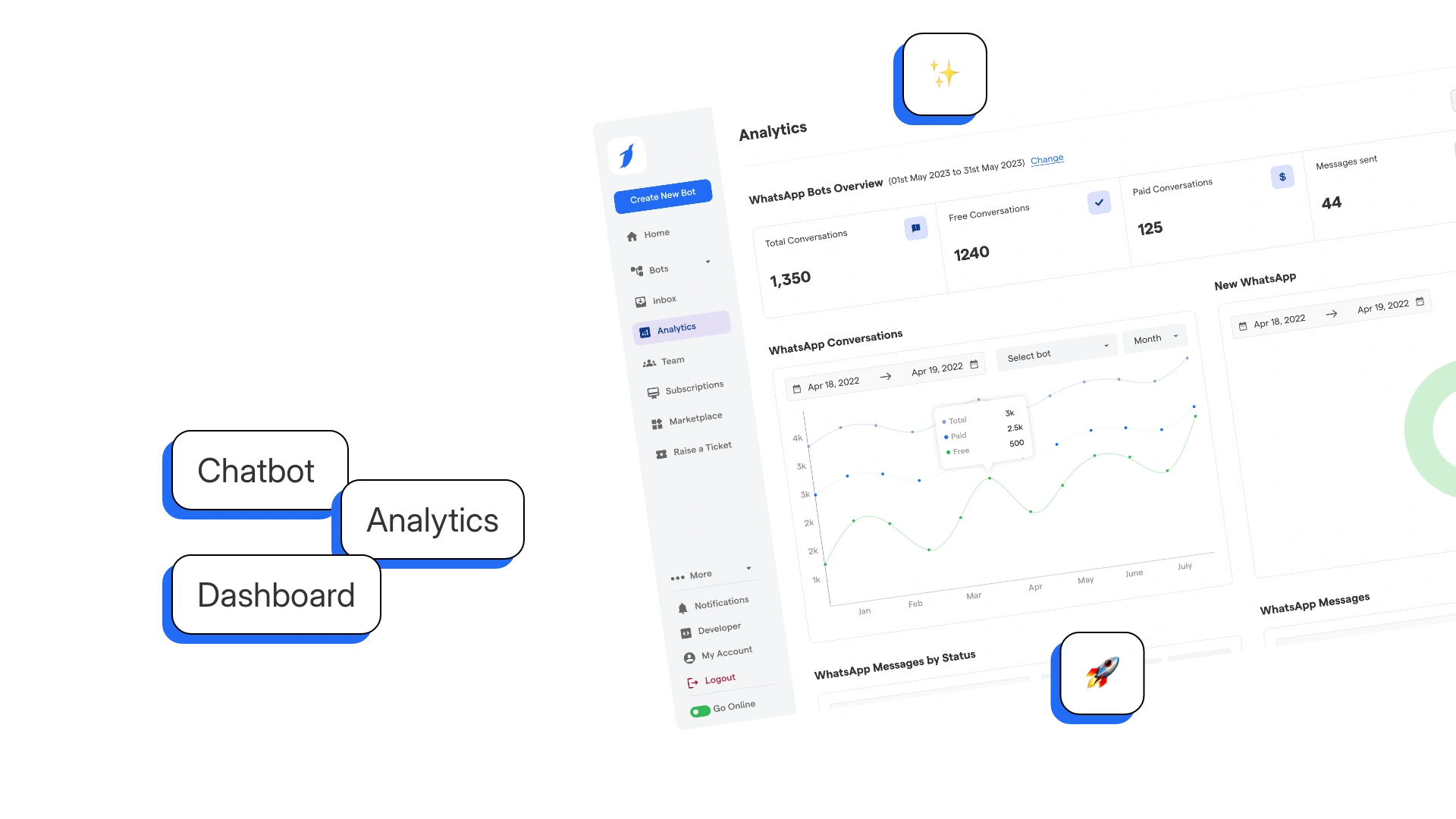
Once satisfied with the bot’s performance, deploy it across the desired channels (e.g., website, mobile app, or messaging platforms).
Monitor its effectiveness through metrics like response accuracy, user engagement, and resolution rates. Regular monitoring ensures your NLU chatbot remains effective.
Tips for Effective Chatbot Training
For effective NLU chatbot training, use:
- Focus on diverse data samples to cover different user inputs.
- Regularly update the training dataset to improve adaptability.
- Include edge cases, like ambiguous or complex queries, to make the bot more resilient.
Tools to Use: Open-Source vs. Commercial Platforms
The tools to use are the following:
- Open-source tools: Rasa offers flexibility and customization, making it ideal for businesses with technical expertise.
- Commercial platforms: Dialogflow and IBM Watson provide out-of-the-box features, perfect for quick deployment with minimal coding.
- User-friendly platforms: BotPenguin simplifies NLP NLU chatbot creation with its intuitive interface, great for small to medium-sized businesses.
Real-World Applications of NLU Chatbots
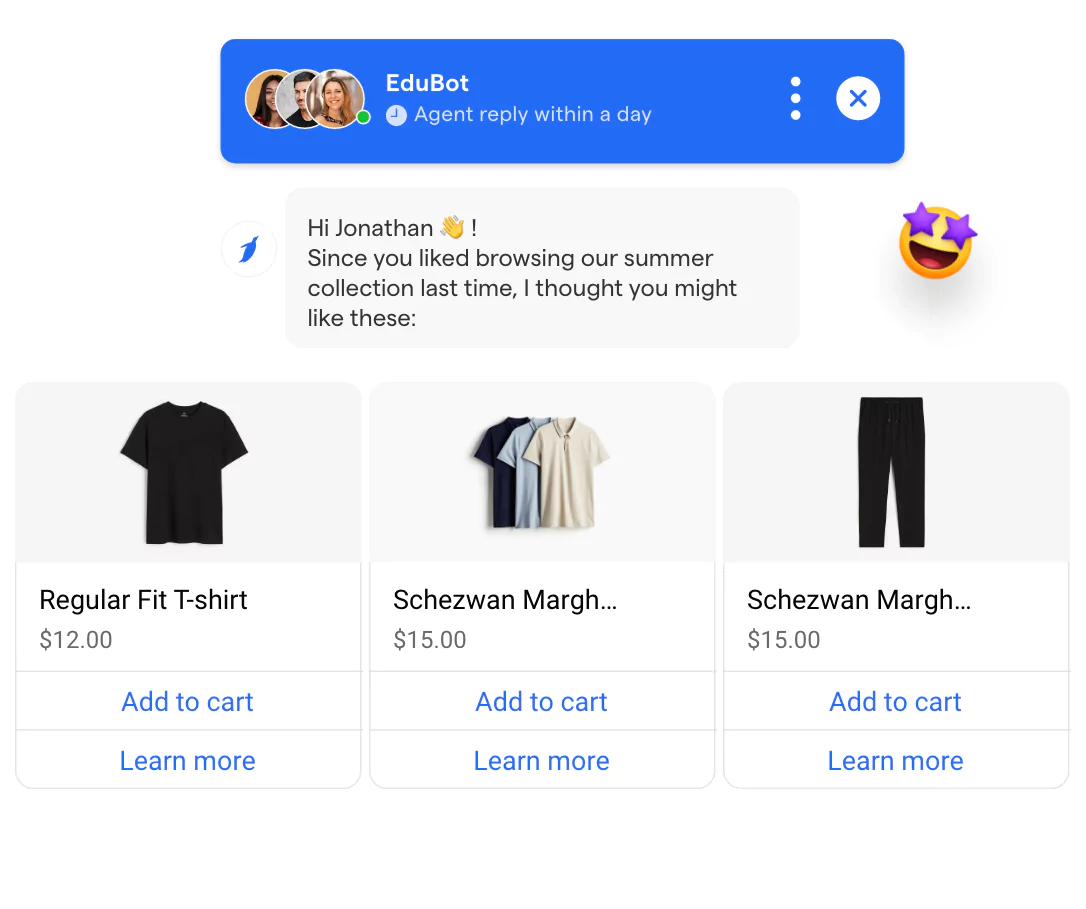
NLU chatbots are transforming industries by enabling smarter, more personalized interactions. From retail to healthcare, these bots streamline processes, enhance customer experiences, and reduce operational workloads.
Here’s how NLU in chatbots is being applied in specific industries, with real-world success stories.
Industry-Specific Applications
- Retail: Customer Support and Product Recommendations: Retailers use chatbot NLU tools to handle customer queries, recommend products, and manage orders.
For example, H&M’s NLP NLU chatbot assists shoppers by suggesting outfits based on style preferences. This boosts customer satisfaction and drives sales.
- Healthcare: Appointment Scheduling and Virtual Consultations: In healthcare, NLU chatbots streamline patient interactions.
Bots like Babylon Health’s assistant schedule appointments and provide symptom checks. With NLG chatbot features, they deliver insights in a conversational style, improving patient access to care.
- Education: Interactive Learning Assistants: Educational institutions leverage NLP NLU chatbots for student engagement.
For example, Duolingo’s bot helps learners practice new languages. It understands intent, corrects mistakes, and offers personalized lessons, making education interactive and effective.
- Travel: Booking Assistance and Itinerary Planning: Travel companies use NLU in chatbots to simplify trip planning. AirAsia’s AVA chatbot helps users book flights, update itineraries, and answer travel-related questions. Its multilingual capabilities ensure seamless global interactions.
Case Studies of Successful Implementations
Case studies of successful NLU chatbot implementations to enhance customer experience include:
- Sephora’s Chatbot for Personalized Shopping: Sephora’s NLU chatbot allows users to ask for product recommendations based on skin type and preferences.
By extracting entities like “oily skin” or “long-lasting lipstick,” it provides tailored suggestions, increasing customer loyalty.
- Cleveland Clinic’s Healthcare Assistant: Cleveland Clinic employs a chatbot NLU system to guide patients through symptoms and connect them with doctors.
The bot reduces strain on call centers and ensures patients get timely assistance.
- KLM’s Travel Assistant: KLM’s NLG chatbot, BlueBot, manages booking queries, sends flight updates, and answers FAQs. Its conversational tone and intent recognition make travel experiences smoother for customers.
The Future of NLU Chatbots
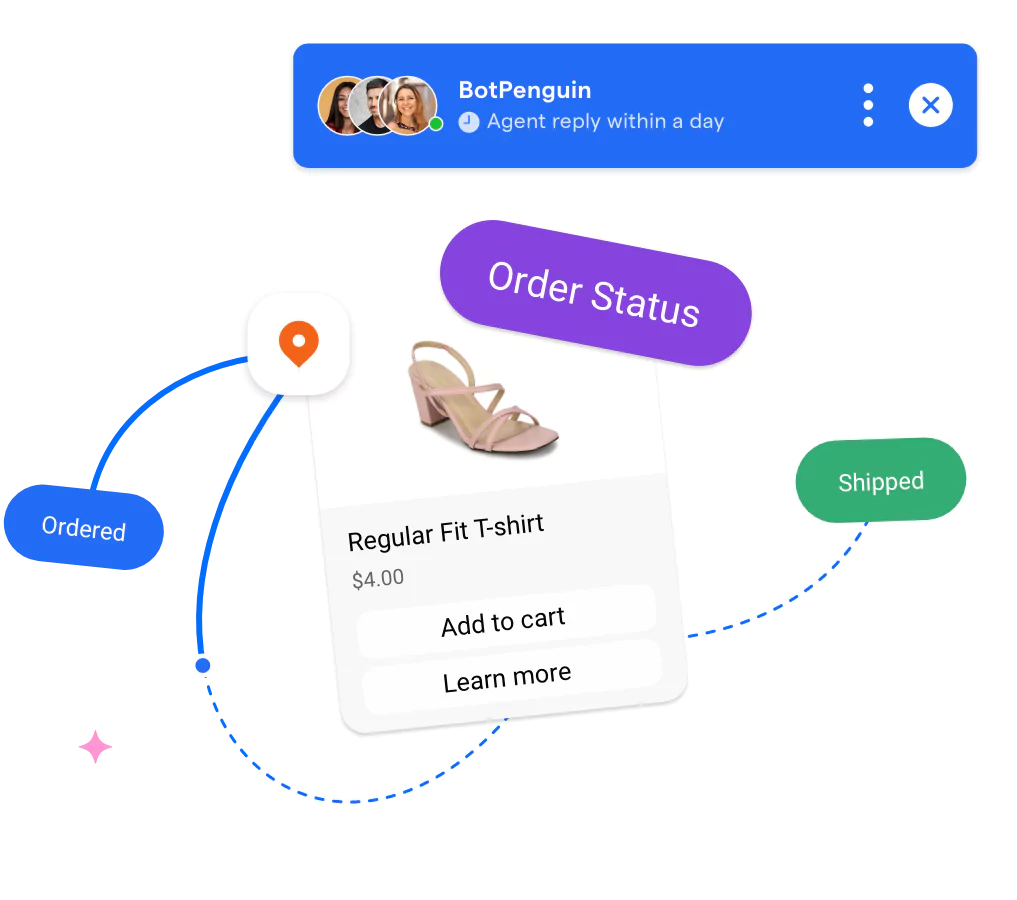
The future of NLU chatbots is evolving rapidly, driven by advancements in AI and growing business demands.
These bots are becoming smarter, more human-like, and integral to modern interactions. Here’s a look at emerging trends, the role of generative AI, and what lies ahead for chatbot technology.
Emerging Trends in NLU and Conversational AI
The rise of NLP NLU chatbots with enhanced context awareness is a major trend. Future bots will handle complex, multi-turn conversations more effectively.
Additionally, advancements in sentiment analysis will enable NLU in chatbots to understand emotions, making interactions even more intuitive.
Multimodal interfaces, which combine text, voice, and visual elements, are also gaining traction.
Role of Generative AI in Enhancing Chatbots
Generative AI is revolutionizing the chatbot landscape. With its ability to create human-like text, NLG chatbots can craft detailed, natural-sounding responses.
This allows bots to handle nuanced queries and deliver more engaging conversations. Generative AI also helps automate content updates, ensuring the bot stays relevant without manual intervention.
How Businesses can Prepare for the Evolving Chatbot Landscape
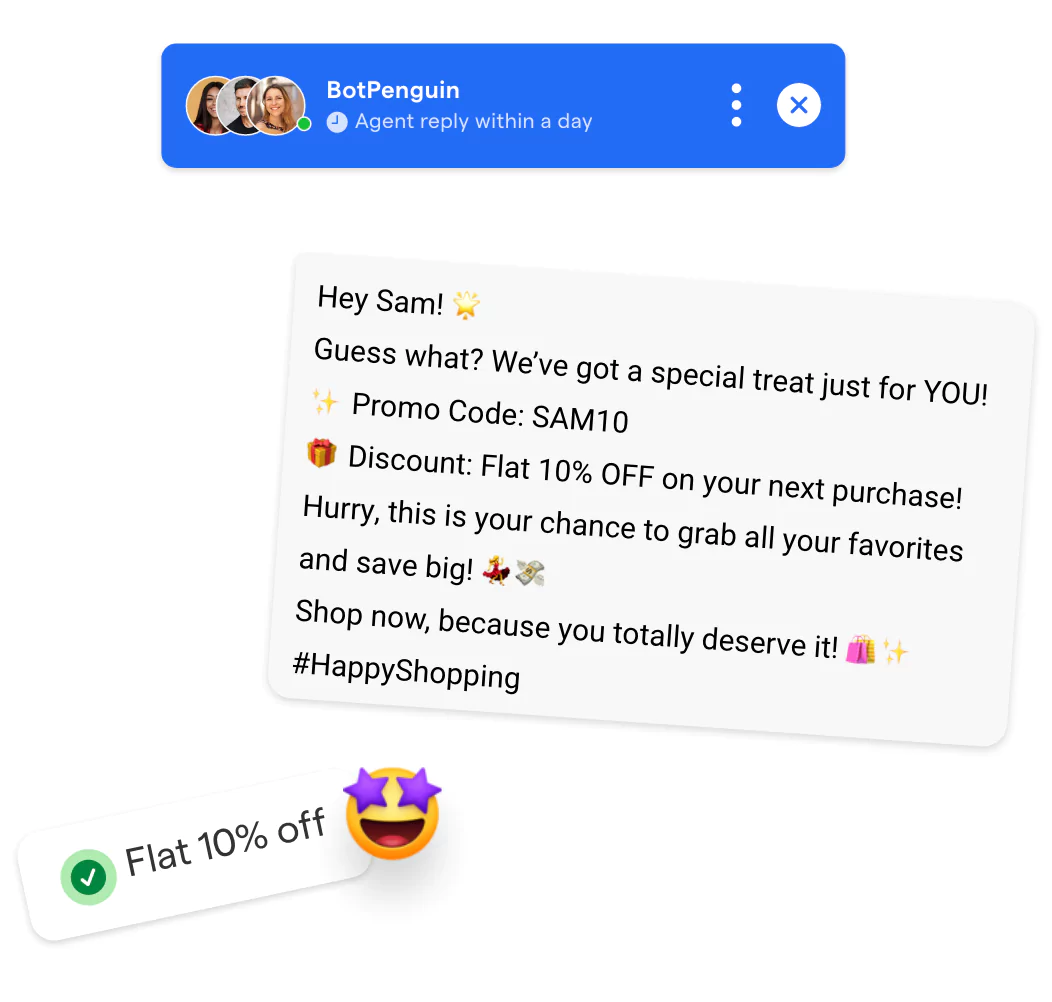
To stay competitive, businesses need to embrace the latest technologies in chatbot NLU. Investing in scalable platforms and regularly updating training data is crucial.
Businesses should also focus on integrating NLU chatbots with other systems, such as CRMs and analytics tools, for seamless operations and data-driven decision-making.
Predictions for Chatbot Technology in the Next 5-10 Years
In the coming decade, NLU chatbots will likely become indistinguishable from human agents in many scenarios. Real-time learning capabilities will allow bots to adapt during conversations, further improving user experiences.
Additionally, AI ethics and data privacy will play a significant role in shaping the development of NLP NLU chatbots. Voice-enabled bots and expanded multilingual support will make chatbots accessible to an even broader audience.
With trends like generative AI, sentiment analysis, and multimodal capabilities, the future of NLU chatbots is set to redefine interactions. By preparing for these advancements, businesses can leverage the full potential of conversational AI to enhance user experiences and drive growth.
Conclusion
In conclusion, NLU chatbots are transforming how businesses interact with customers by enabling smarter, more natural conversations. From enhancing user experiences to improving operational efficiency, their benefits are undeniable.
For businesses looking to implement an NLU chatbot without extensive technical expertise, platforms like BotPenguin offer a seamless solution.
BotPenguin is a no-code AI chatbot maker that allows businesses to build and deploy intelligent bots quickly. With its user-friendly interface, it’s ideal for automating customer service, sales, and more.
Adopting tools like BotPenguin empowers businesses to stay ahead in the evolving chatbot landscape while delivering exceptional customer experiences.
Frequently Asked Questions (FAQs)
What is an NLU chatbot?
An NLU chatbot uses Natural Language Understanding (NLU) to comprehend user inputs, interpret intent, and provide context-aware, human-like responses, making it more advanced and adaptable than traditional rule-based chatbots.
How does an NLU chatbot differ from traditional chatbots?
Unlike traditional chatbots that rely on predefined scripts, NLU chatbots analyze context, intent, and nuances in language to deliver more accurate and dynamic responses.
What are the benefits of using an NLU chatbot?
NLU chatbots enhance user experiences, improve efficiency, support multiple languages, and offer intelligent, personalized interactions, making them valuable tools for businesses across industries.
What industries can benefit from NLU chatbots?
Industries like retail, healthcare, travel, and education use NLU chatbots for tasks like customer support, virtual consultations, booking assistance, and interactive learning, driving efficiency and engagement.
What are the challenges in building an NLU chatbot?
Common challenges of NLU chatbot include misunderstanding intent, handling ambiguous queries, maintaining data privacy, and the need for continuous training and updates to improve accuracy.
What tools can help in creating an NLU chatbot?
Tools like BotPenguin, Dialogflow, Rasa, and IBM Watson enable businesses to build NLU chatbots. They offer features like intent recognition, entity extraction, and integration capabilities for diverse use cases.



